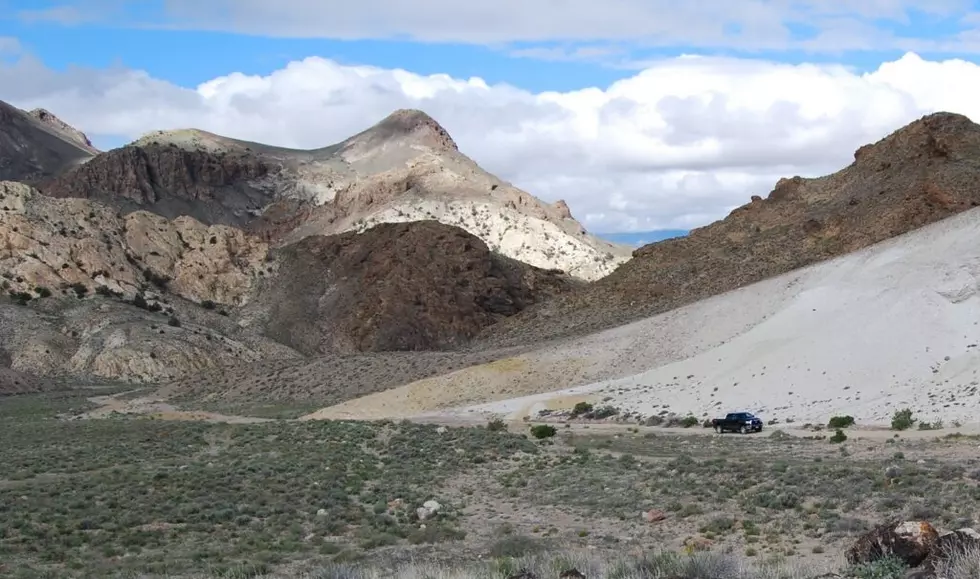
Nevada looks to complete study on ‘critical mineral’ map this year
Jeniffer Solis
(Nevada Current) Despite a growing interest in lithium mining, Nevada has limited understanding of the precise location of the highly sought mineral deposits or how exploration may impact groundwater.
That lack of mapping isn’t unique to Nevada, however. According to the Association of American State Geologists, the United States lacks an effective nationwide process for gathering, organizing, compiling, or publicly sharing geologic data on mineral deposits.
Rob Ghiglieri, deputy administrator at Nevada Division of Minerals, told lawmakers last week that may soon change for Nevada in the next few months.
In January, the U.S. Geological Survey (USGS) announced they would invest more than $1 million to map mineral resources in western and central Nevada using cutting-edge data in partnership with the Nevada Bureau of Mines and Geology. The Nevada Division of Minerals is also working closely with the Nevada Bureau of Mines and Geology on the survey.
“That report should be hopefully coming out mid this year,” Ghiglieri told lawmakers during a Joint Interim Standing Committee on Natural Resources meeting last week.
The mapping effort will use electromagnetic and magnetic data to capture images at depths of more than 1,000 feet underground. The electromagnetic images can be used to identify ancient faults, aquifers, volcanic rocks and other geologic features. State resource managers say the data can be used to better understand the geologic framework and natural resources of the state, including groundwater, mineral deposits, and geothermal resources.
The Nevada Division of Minerals does not issue permits for mining in Nevada, but it does provide data and statistics on mining. The division also has the regulatory authority to permit geothermal drilling and exploration activities on lithium brine resources.
“We do not permit mining, but we often help guide companies to the right agencies for their permit needs. This also includes informing companies that are new to the state to focus early efforts on tribal and community engagement early in the permitting process,” Ghiglieri said.
The survey area in western and central Nevada includes parts of Washoe, Pershing, Churchill, Lyon, Mineral, and Nye County. It also includes the Pyramid Lake Paiute reservation, the Walker River Paiute reservation, and the Fallon Paiute-Shoshone reservation.
Western and central Nevada hosts brines and mineral systems that might contain lithium resources, as well as rock formations that may contain significant amounts of copper, molybdenum and gold, according to the USGS.
“A direct application of these data will be in facilitating exploration for lithium and geothermal resources, both of which are crucial to transitioning to a more carbon-neutral energy grid,” said James Faulds, director of the Nevada Bureau of Mines and Geology, when the funding was announced in January.
Funding for the survey comes from the federal Bipartisan Infrastructure Law, and is part of the USGS Mineral Resources Program’s Earth Mapping Resources Initiative (Earth MRI) to map domestic mineral deposits.
The United States produces less than 1% of global lithium production, all from a single facility, Albemarle Corp.’s Silver Peak mine in Esmeralda County, according to the United States Geological Survey. But that may soon change.
As of March 1, an estimated 21,897 active mining claims have been filed and submitted in Nevada, presumably for lithium or lithium brine, according to the Nevada Division of Minerals.State officials also highlighted the Nevada Division of Minerals’ updated open-data website, a publicly available platform where users can find mining claims, mineral production, and trends.
